On Manjolai Plantation Workers: Where Will They Go?
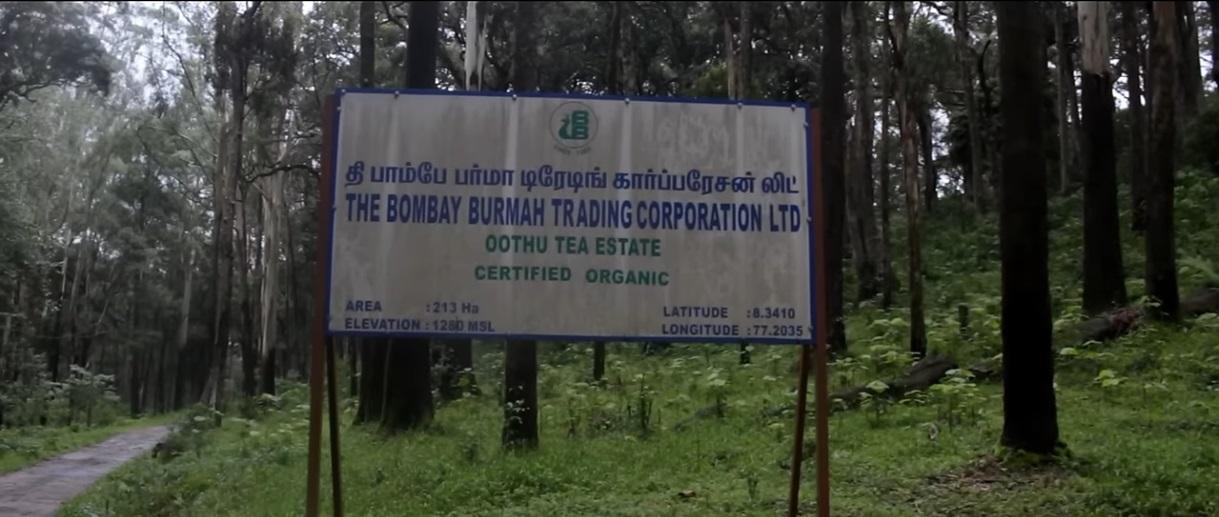
Screened at the PK Rosy Documentary and Short Film Festival as part of the Vaanam Art Festival 2025 in celebration of Dalit History Month, Samuvel Arputharaj’s Manjolai (2024) opens with a male voice saying, “Our ancestors came here as labourers, they trimmed the forests, and created this place. And today, my child has completed their degree.” The statement marks the length of time as well as the novelty of education among the tea garden workers’ community in Tamil Nadu’s Manjolai, a plantation consisting of five tea estates in the Tirunelveli district. Collectively referred to as "Manjolai", Naalumukku, Oothu, Kuthiraivetti, Manjolai and Kakkachi were once home to thousands of people. But by the time the documentary was made, it was sparsely populated with only a handful of families and tens of people. The lone voice shares the frame with the misty sky idyllically hiding the tall alpines that stand around the tea gardens, as the film documents the community’s voices to tell its viewers why this shift has taken place.
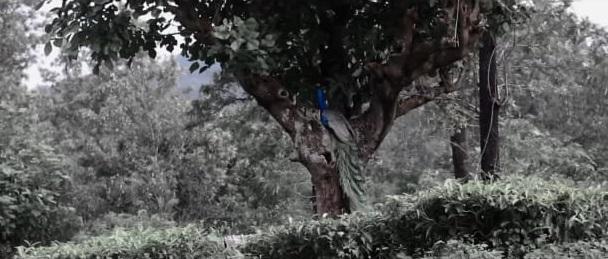
"Everything is turning back to forests in front of our eyes."
In 1927, the Bombay Burmah Trading Corporation (BBTC) acquired 75,000 acres of land to create the five estates of Manjolai from Singampatti Zamindar for a ninety-nine-year lease. By 2024, it is preparing to wind down operations, four years prior to the end of the lease term in 2028. The decision was spurred by the forest department declaring considerable parts of the estate area, where people were living, as reserve forest and a part of the Kalakkad-Mundanthurai Tiger Reserve in 1978. In other words, what the colonial state extracted with its imperial enthusiasm was sought to be “restored” by the post-colonial state—as if to salvage older sins against India’s environmental reserves, practically a forerunner to the Forest Conservation Act 1980, which was enacted to curb deforestation. However, attempts at ecological conservation have come into conflict with the Forest Rights Act 2006, a landmark legislation aimed at correcting historical injustices and recognising indigenous forest dwellers’ rights over their lands. In Manjolai too, the urge to guard the forests has dismantled the already existing ecosystem, disrupting the balance between forests and their dwellers.
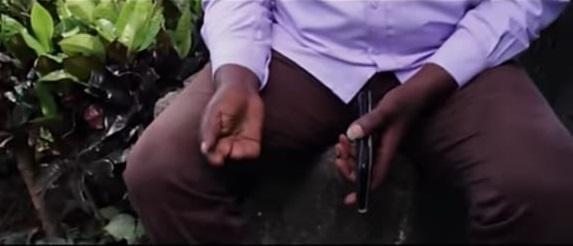
"When I was working with that, I lost my hand."
In The Hungry Empire (2017), historian and food writer Lizzie Collingham remarks, “To be British was to eat the world.” Detailing the responsibility of the British Empire in moving people and plants from one continent to the other, she describes how this resulted in a fundamental shift in the culinary habits and palatal preferences of people, both colonised and colonisers. Across the world, tea plantations are one of the most visible reminders of third world nations’ colonial trauma. From Mauritius to Manjolai, Empire planted tea, sugarcane and coffee, naturalising a once unheard-of habit of coffee-and-tea-drinking. Marginalised sections of people from the colonies—termed “coolies” by Empire—crossed borders, sailed seven seas and endured life-threatening journeys to grow these plants and, in the process, procreated ecosystems midwifed by colonial ambitions.
From the mid-eighteenth century, foodstuffs began dominating the cargo of Empire’s ships. By 1775, half of Britain’s imported items were foodstuffs grown in its plantation colonies agro-industrially. Tea, sugar, coffee and spices—seemingly innocent pantry staples first democratised in Britain—were no longer to the taste of the aristocrats but became essentials for the working class. It is a whole different matter that in colonies like India, even in the 1920s and '30s, Empire's officials had to persuade the majority of the colonial population into tea -drinking through initiatives such as the "Great Tea Campaign." There are stories of Tea Board officers visiting affluent Tamil Chettiar homes to demonstrate tea-making to the matriarchs whose fancy they failed to capture. Free samples given by the officers were thus passed to their domestic helpers. However, the second wave of the campaign became successful when railway vendors were inducted into the process, as they introduced cooking the tea with milk and sweetening it with another colonial commodity, namely sugar, instead of brewing it like the British. The market thus became home-grown. Today, India is one of the top exporters of tea, exporting all the premium quality leaves and retaining its dust for the domestic market. With the transition of power, the post-colonial government had no different policy and laws when it came to the estate workers—the same old long hours of work, blood-sucking labour, absence of civic amenities as basic as toilet facilities and the same Dalit communities who continue to be employed in the activity.
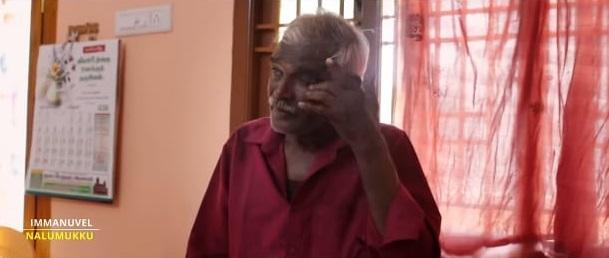
Most of Manjolai’s residents have Tamil Christian names reflecting an inclination to the Anglican Church, such as Immanuvel and Samuvel. As Susan Bayly discusses in Saints, Goddesses and Kings (1989), in Tamil Nadu, coastal Christians are Roman Catholic and trace their ancestry to the Portuguese, while the inland and hillside Christians are largely Protestants, who were brought into the fold of Christianity through the missionary work by the English in the nineteenth century. While the latter includes communities of Nadar toddy tappers and elite Vellalas popularly known as Pillais, they are majorly landless agricultural workers. In her book, The Pariah Problem (2014), Rupa Viswanath highlights how landless Dalit agricultural workers wove alliances with Protestant missionaries whom they sought after to tackle oppressive village caste orders. It is through the missionaries’ intervention that the British administration paid heed to the greater pains of the Dalit experiences. Watching the landless estate workers speak as their Tamil Christian names flash at the side of the screen, then, is a visual enactment of the phrase “there is no escaping caste in India.”
It was oppression that made them embrace not just a new religion but also a new terrain in the hope of better living conditions. From plains to hills, they fled, dreaming of a dignified life.
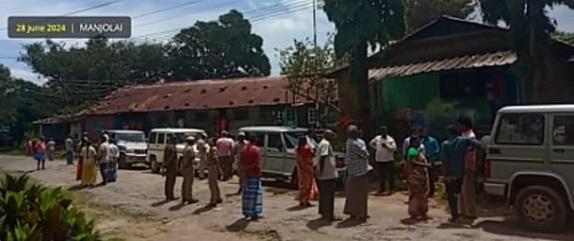
"Are we all just mad then?"
Manjolai’s questions then come as statements of its residents and interlocutors: What if the state wants to afforest the slashed down forests, restore the wildlife corridor over which pruned monocropped plantation estates stand now? And what if the organisation that owns the estate also wants to dispose of it after people have been living there for five generations? Where will they go?

"We've already spoken to the forest department about this, I'm sure you must've been informed here."
Triggering a legal battle between the forest department and BBTC which ran for forty years, Manjolai was declared as a reserve forest in favour of the forest department in 2017. Then, without so much as a struggle, BBTC forcibly made its remaining employees sign the Voluntary Retirement Scheme (VRS) in haste to bring the operations of the company to a grinding halt. We see a variety of players tossing the hapless workers of the tea plantations of Manjolai—the forest department, BBTC, the state government of Tamil Nadu, the district collectorate and the labour union. In plain words, the workers are disenfranchised by the company’s decision to wind down operations which comes after the government’s forest department is hellbent on wanting to reverse the monocropped tea gardens into forests.
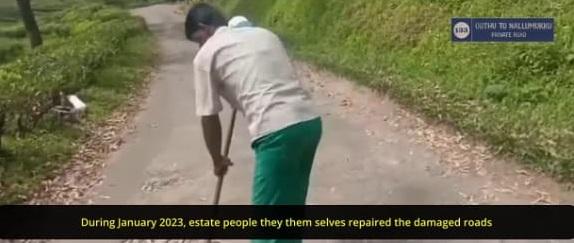
Unfortunately, the Madurai bench of the Madras High Court dismissed the plea to recognise Manjolai’s people as forest dwellers and endemic to that terrain, which would have made evicting them difficult. The reason it provided was that Manjolai’s inhabitants were plains people who were brought to populate the estates when they were created. In the film, the few remaining residents of the estate fighting the residual battle share their thoughts and struggles in a Tamil dialect native to southern Tamil Nadu, often dubbed as “Nellai Tamil.” Their dialects reveal that their tongues are rooted in Manjolai. In the montage of interviews, the elderly generation describe in graphic detail how they and their ancestors laid roads to create the five estates by clearing the deadly flora which had the power to kill through mere contact with the skin and eyes. Are they not the keepers of knowledge of its natural world?

"It is because of the buses, they got education, it is because of the education..."
Robert Chandrasekar, an advocate who is one of the key interlocutors in the movie, hails from Manjolai and his ancestors—including his parents—worked as estate workers. Initially, he regarded Manjolai as an open-air prison. It was only with the coming of government buses to the hills which made higher education for people like him a reality in the community. However, the very road route which was laid for the buses is now damaged, and no effort for repairs has been made by the government—an apt metaphor for the state of affairs in Manjolai.
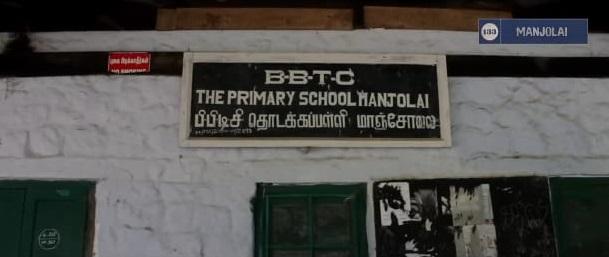
"The graves of our grandparents are still there."
To raze Manjolai down and turn it into a forest is to erase the history of thousands of people and hundreds of lives lost in the making of that estate. It is ancestors of people like Chandrasekhar who built the estate; who can have better rights over its soil? Do we need to redefine “indigenous”? Chandrasekar also asks, “How just is it that tourists have access to our home, i.e., Manjolai, while we are being evicted out of it?”
Most interlocutors are either towards retirement or are still working post-retirement. If the question of “Where will they go?” is refracted through Chandrasekar’s insider-outsider words, it is also coupled with another: “What will they do? The second part of this essay shall examine this question.
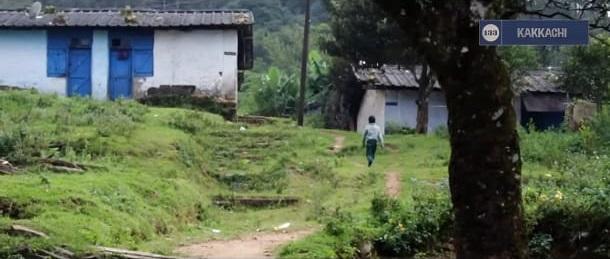
"We are different, the tourists are different, we are not going for a tour there."
To learn more about the Vaanam Art Festival, read Steevez’s essay on MKP Gridaran’s Dalit Subbaiah (2025).
To learn more about artists documenting and exploring questions of indigenous rights, read Koyna Tomar’s conversation with Aranya Sahay about his film Humans in the Loop (2024) and Nithya K’s essay on fisherwomen and coastal ecologies in Puducherry.
All images are stills from Manjolai (2024) by Samuvel Arputharaj. Images courtesy of the director. All captions are testimonies from the film.




